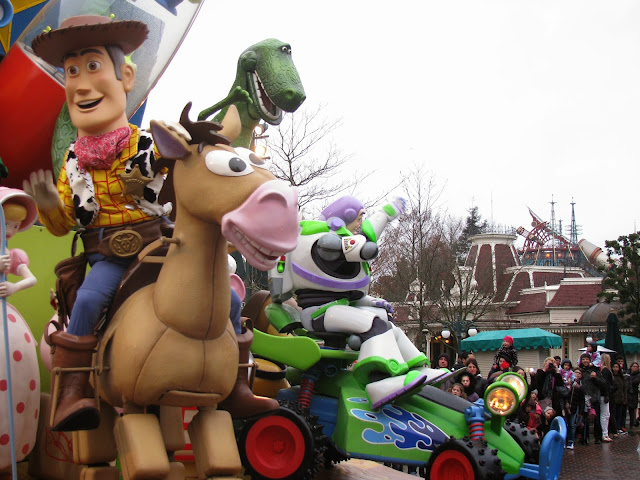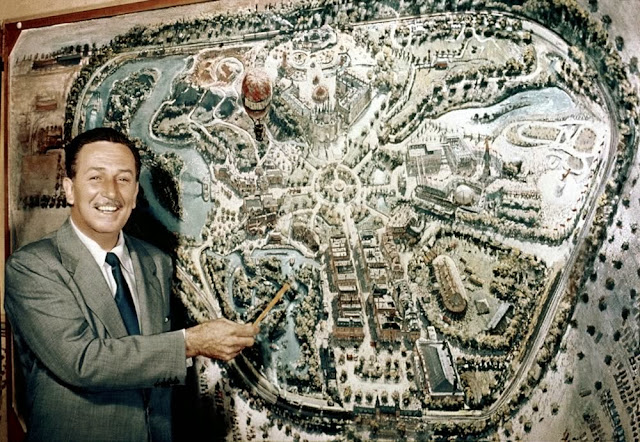She wore! She wore! She wore a yellow ribbon!
She wore a yellow ribbon in the merry month of May,
And when! I asked! Oh why she wore that ribbon,
She said: "It's for the Arsenal and we're going to Wembley!"
Wembley! Wembley!
We're the famous Arsenal and we're going to Wembley!
Wembley! Wembley!
We're the famous Arsenal and we're going to Wembley!
This song was first chanted by Arsenal fans in the 1950s, but gained popularity two decades later, during Arsenal's famous 1971 FA Cup victory, where the Gunners beat Liverpool 2-1 in extra time to clinch the club's first league and cup double. The scorer of Arsenal's winner that day was Charlie George, but there's something even more fascinating to me than the brilliant photo below - the fact that my Grandad was there! Grandad apparently managed to get hold of some tickets from the legendary ticket tout Stan Flashman whom, for some reason, he knew.
 |
| Charlie George celebrates the winner in the '71 cup final (Source: Arsenal.com) |
Grandad spent his whole life an Arsenal fan, following them after Clifford Bastin's move to the Gunners from Exeter City in 1929. After Grandad passed away two years ago, I came into possession of his souvenirs from the '71 cup final - a little novelty scarf and a pennant - not much really, but items that I'll treasure, and maybe someday pass on to an Arsenal fan of the future.
So here we are, ready and excited for today's cup final - the FA Cup, still the greatest club competition in the world, still conjuring up the memories of great ties past, giant-killings, fantastic goals, dramas and emotion, as two teams battle it out to win that beautiful and iconic silverware. And I'll be cheering with the best of them, screaming at the TV, bemoaning every foul, clapping every tackle, leaping up-and-down in jubilation, holding my head in disappointment, going through the whole spectrum of emotions that comes with a cup final. Mostly I'll be doing it for me... But partly I'll be doing it for Grandad. She wore! She wore! She wore a yellow ribbon....
 |
| Grandad (back row, second from left) in his Newton Spurs days |



















